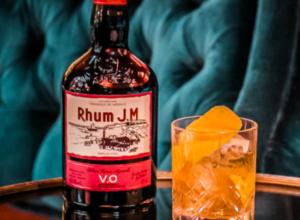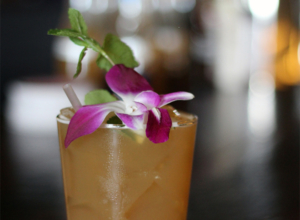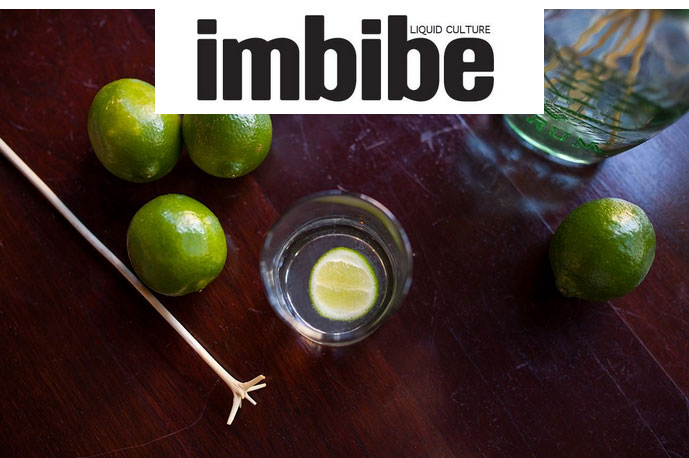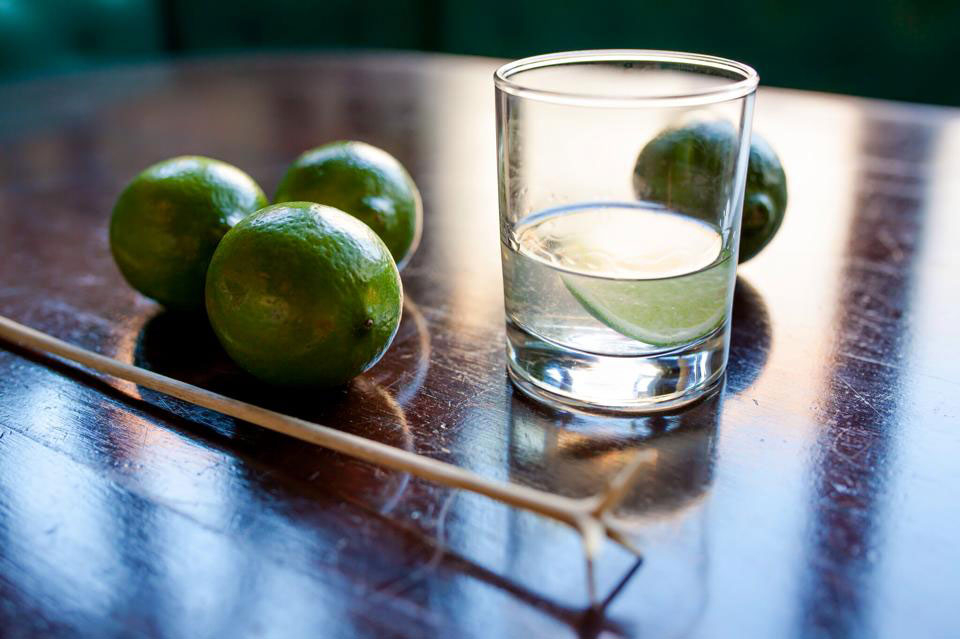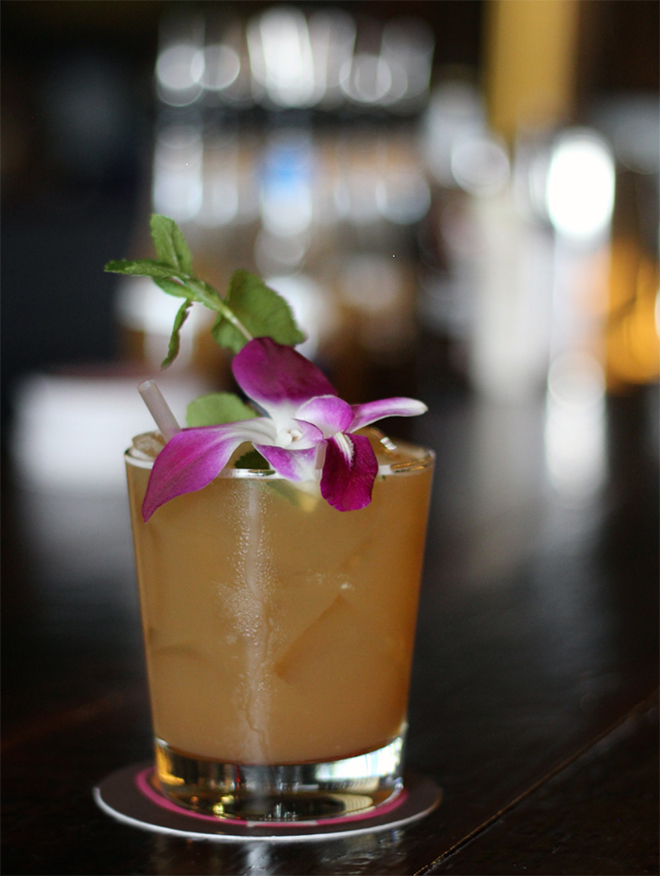
Your Mojito Is Muddled With Fresh Mint and a History of Centuries of Slavery
Rum drinks are synonymous with summer chillaxing, but they carry a much deeper history
There are so many kinds of rum nowadays. What are they made from? And what are the differences among the various kinds
– Jeanie Kilmer
Rum is the general term for alcohol distilled from the juice of the sugarcane plant, a tall (upwards of 15 feet), reedlike tropical grass filled with sweet sap, or juice. Depending on whom you ask, 95 to 99 percent of what we think of as traditional rum is “rhum industriel” or “rhum traditionnel,” which is made from molasses—a byproduct of sugar processing—that has been fermented, distilled, and aged in a process that dates to the 17th century.
The remainder is made from fresh-pressed free-running sugarcane juice, which is also fermented, distilled, and aged. When it’s designated “rhum agricole,” that means it’s produced in the French West Indies, primarily in Martinique, and if the words “Appellation d’Origine Contrôlée” appear on the label, that signifies it’s been awarded a certified geographical designation by the French authorities, just like a terroir-specific wine (Champagne) or cheese (Roquefort).
Cane-based agricultural rums without the “h” are produced elsewhere in the Caribbean, on the islands of Réunion and Mauritius, in the Indian Ocean; in parts of South America; and in the United States.
Rhum agricole and its variants are extremely appealing to consumers who want to spend their money on products with a close connection to the land and its workers. In flavor, rhum agricole is not necessarily superior to rhum industriel, but it is definitely different—grassier, earthier, and cleaner—and more linked to the raw ingredient, sugarcane juice. As with molasses-based rum, cane-based rum ranges in style from colorless to dark.
So, Why Should You Care? As with all products that come from sugarcane, rum has a history that stretches around the globe and is haunted and heartbreaking. In Bittersweet: The Story of Sugar, historian Peter Macinnis lists what he calls the four curses of sugar:
1. Sugarcane is capital-intensive, and it requires large amounts of money to establish plantations.
2. Sugarcane requires immediate processing when ready for harvest, as it deteriorates rapidly. Generally, cane juice needs to be processed by boiling within 16 to 24 hours of harvest to destroy enzymes and maintain sucrose.
3. Sugar production consumes enormous amounts of fuel, resulting in deforestation.
4. Sugar production is labor-intensive, and therefore the growth of sugar meant the growth of enslavement.
Sugarcane, which likely originated in Papua New Guinea, has been cultivated for thousands of years. “No one knows whether cane moved by man, by weather, or by spontaneous generation, but cane was growing in India by about 550 B.C.E., and possibly in China by approximately 200 B.C.E. It was in India, though, that the sugar-bearing reed gained importance and became one of the first plants to inspire humans to technology,” writes food historian Jessica B. Harris in the recently published Oxford Companion to Sugar and Sweets. (Full disclosure: I’m one of the many contributors to the encyclopedia, which explores the ways in which our taste for sweetness has shaped, and been shaped by, history.)


